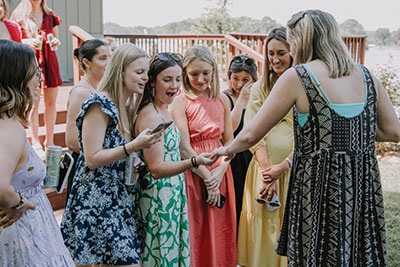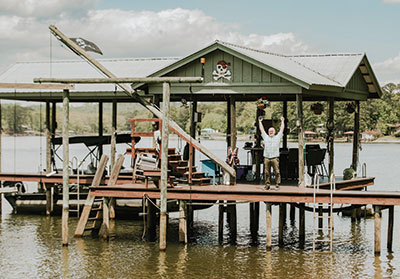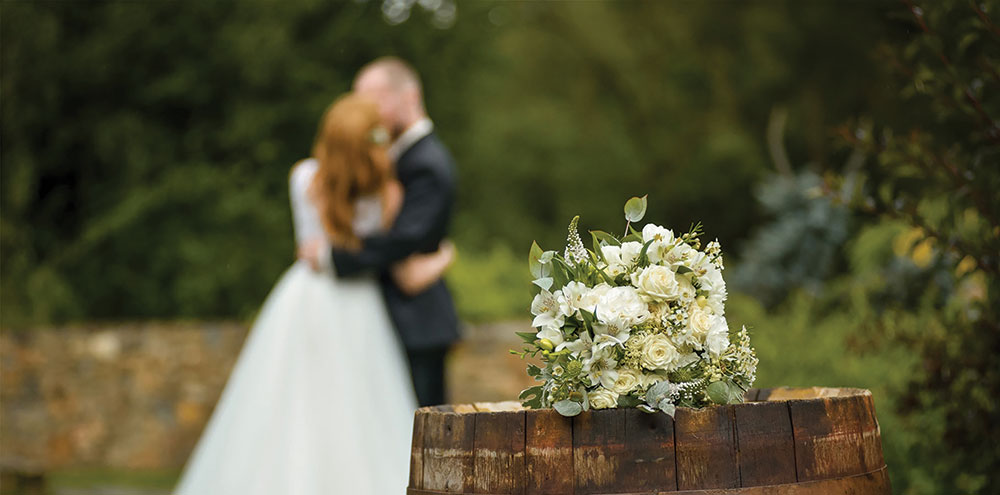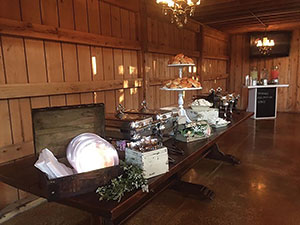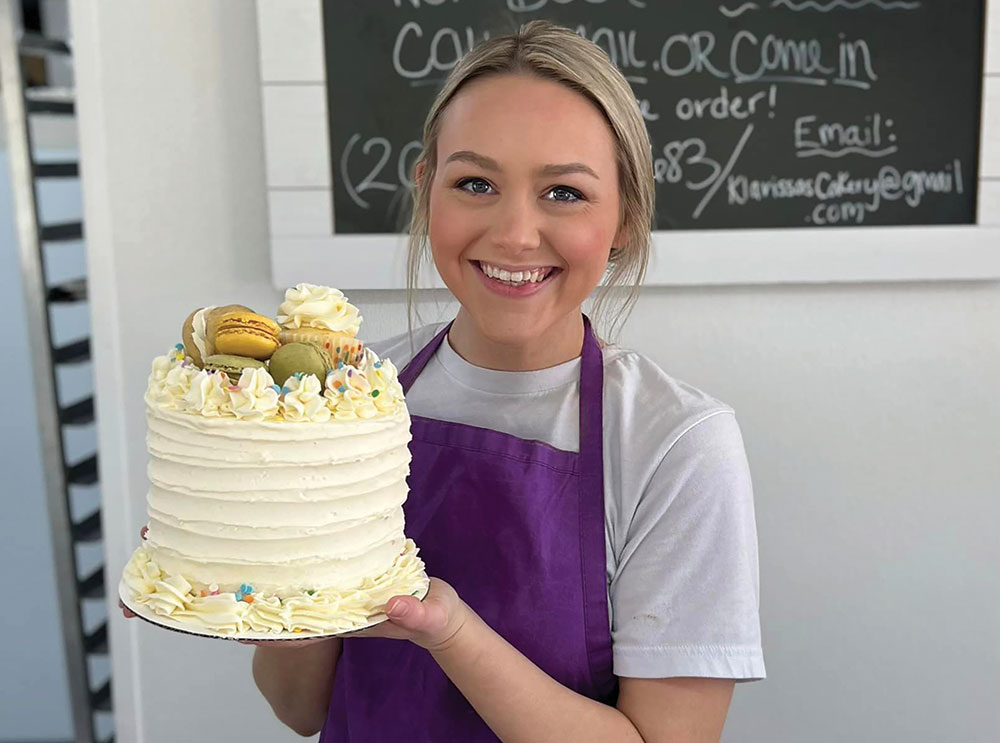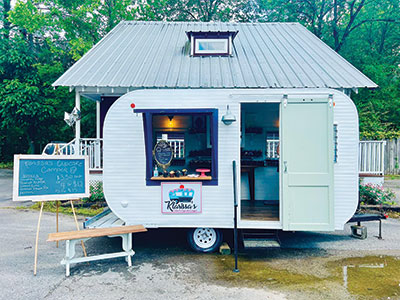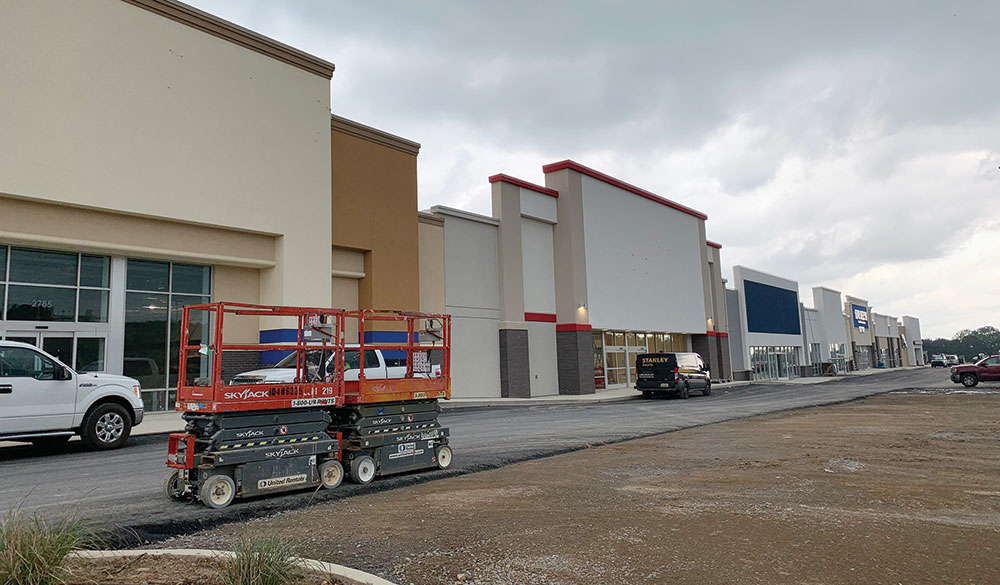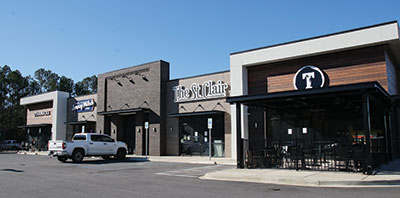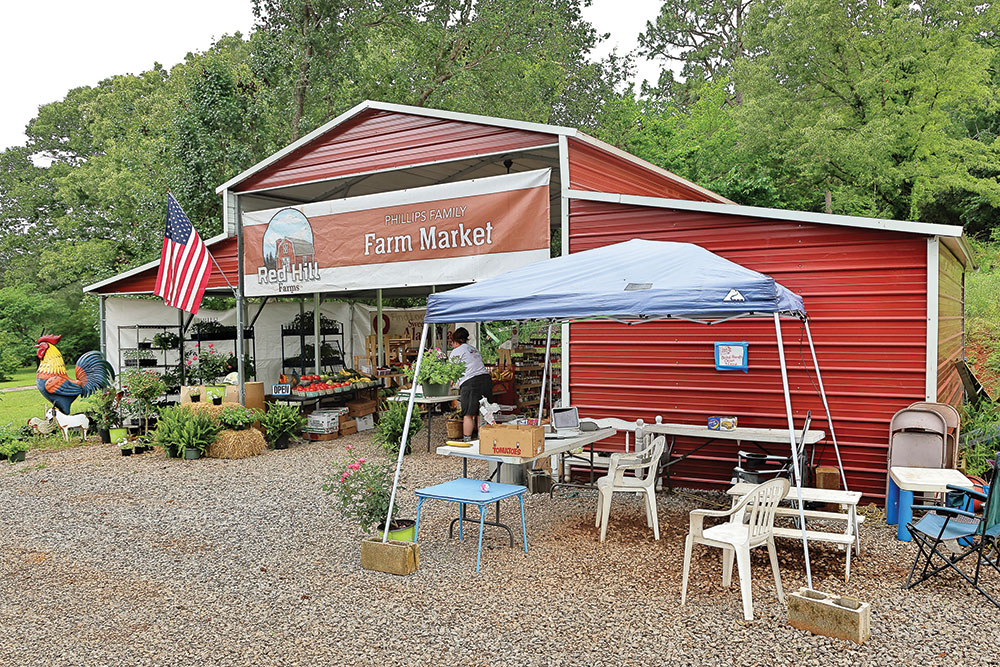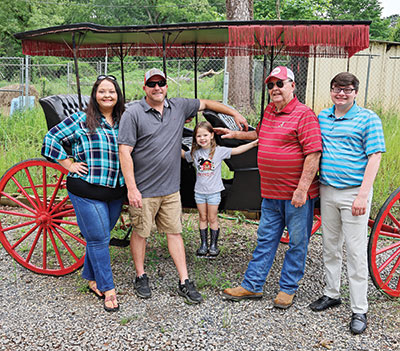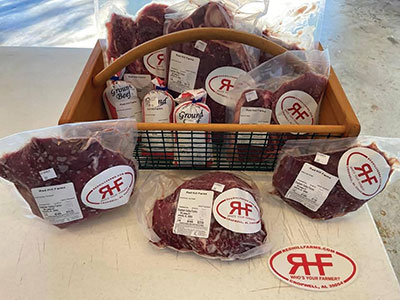Story by Carol Pappas
Photos by Mackenzie Free
After dating a year and a half, Caroline Williams and Mark Anderson knew they were going to get engaged to be married. But when and where were simply question marks. That is, until Mark devised a plan that would not only include his bride-to-be, but their families and friends, too.
Making all of it a surprise was just another hurdle to be cleared.
Of course, he had to have help to pull it off, so “a quick call to Aunt Laurie and Uncle Jim” was the logical, first step. The fun-loving couple seemed ideal for the job. After all, Aunt Laurie and Uncle Jim are Laurie and Jim Regan, owners of Pirate Island on Logan Martin Lake and have certainly earned the reputation of perfect hosts, opening their island up to just about every boater on the lake.
“We knew we would get engaged eventually,” Mark said. “It was important to me that the engagement be what we really wanted and really loved. I knew she had always dreamed of friends and family being able to share it, too.”
So, Mark went to work scheming and planning with the Regans, their families and their friends. He had looked at special places to pop the question, but they just weren’t “the right place.” He knew it had to be at his aunt and uncle’s – under the willow tree that drapes over the water’s edge.
“The lake had always been an important place in my childhood and growing up. It was a really special place to do it.”
Water had been central in both their lives. Caroline was a Division I swimmer in college. He grew up on Alabama’s coast in Mobile. They met at a friend’s birthday party in Atlanta where they both worked. “We hit right off,” Caroline recalled, “and the rest is history.” They have been together ever since.
“Water was important in both our lives,” he said. “She had been with my family at the lake several times and really enjoyed it,” so he thought, ‘What better place?’ “It’s close. We can have friends. So that’s what we did. I knew Aunt Laurie and Uncle Jim could handle it.”
Mark and Caroline live in Atlanta, so he had to devise a way to get Caroline to come to Pell City and not suspect anything. His story was that they had been so busy, they needed a laid back weekend out of Atlanta. “Why not go hang out with Aunt Laurie and Uncle Jim at the lake?,” he asked. And they did.
They went out to dinner Friday night and spent a leisurely Saturday morning with Caroline not suspecting a thing. Then, he had another idea, he told her. “It would be fun to go cruise on the pontoon and check out the island.”
Aunt Laurie made an excuse not to go, and she stayed behind to orchestrate what would come next.
They loaded up on the boat, Jim turned the key, and “it wouldn’t turn on. We (Mark and Jim) were making eye contact with each other like, Oh my God!” Meanwhile, “a train of cars were lined up on Blackberry Lane waiting to turn into the house.”
Jim was texting Laurie to let her know what happened, and he insisted he could get the boat going with jumper cables.
“I felt bad,” an unsuspecting Caroline said. “I kept saying we don’t have to go. It’s OK. It’s not a big deal, we can hang out on the dock.”
“No, we’re going on the boat,” Jim insisted. A supportive Mark said, “You know how Uncle Jim is when he sets his mind to something.”
The boat started, and they cruised on the pontoon boat as planned and then headed back to pick up Aunt Laurie, or so Caroline thought. There was a cooler sitting under the willow tree, and Jim asked Caroline and Mark to grab it for him because it was too heavy.
As they started walking over, Mark started his proposal speech. It was at that moment the dots began to connect, Caroline said, and she thought, “Oh, my God, it’s happening! I started sobbing. The ring was in the cooler, he reached in and grabbed the ring and got down on one knee.”
“The first voice I heard was my dad. Then I heard the others, and I saw a huge group of our friends – from Charlotte, DC, Atlanta – extended family who came for that moment. It was all the people we love running toward us. It was great.”
“I was very anxious” in the days leading up to the proposal party, Mark said. He thought about all the people involved and all the moving parts. “But at the end of the day, the most important thing is, I’m getting engaged to the girl I love,” he said, remembering how that thought made him calm.
“It was going to work out perfect. I’m not looking at weather and knew we were the first domino to fall. I was going to be engaged to her. However it happened, it was going to work out perfectly,” he said. “It was still different than I envisioned. It was much better than anything I ever dreamed up.”
“I was so surprised,” Caroline said. “I had no idea it was going to be that weekend, and with our family and friends there, it was a whole other level.” Just like Mark, it was well beyond her expectations.
“Girls always imagine their own picture of perfection – the nails, the dress,” she said. “I was wearing a bathing suit cover up left over from high school! It was so perfect – getting engaged to the love of my life with people I love.”















